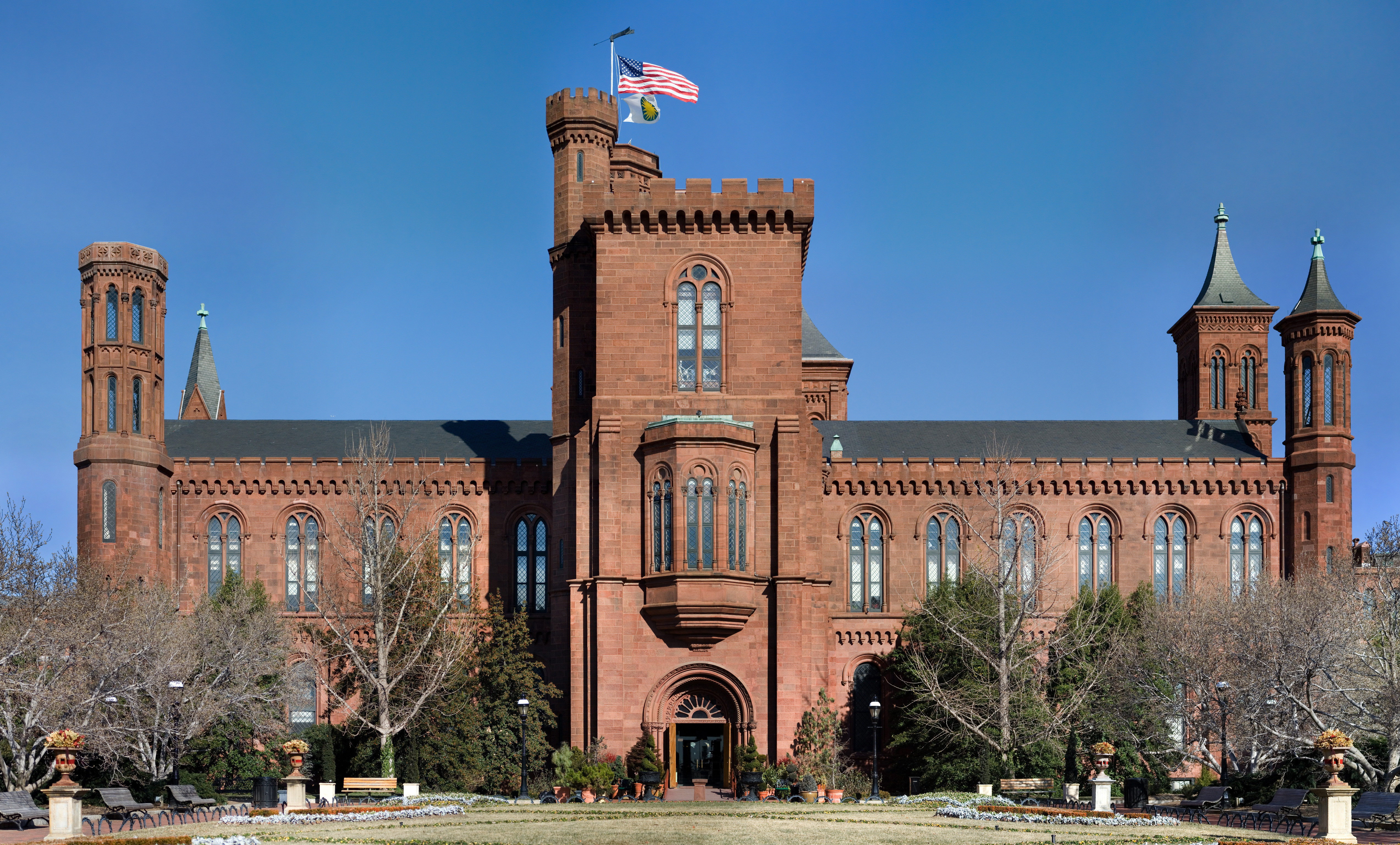The Odd Origin of the Smithsonian Institution
The Smithsonian is a wonderful, amazing place (well…19 places). It is America’s national museum(s). The only other museum I can think of like the Smithsonian is the British Museum. Both have incredible collections, both are State funded and both are free.
They are also both free for the same reason. It is felt that the amazing wonders held by the Smithsonian and the British Museum don’t belong to any single organization, they belong to the people (or perhaps the world). The museum is simply the caretaker, so it makes no sense to make someone pay to see something that belongs to them!
(But…then you will see the prices charged at the Café and the gift shops…)
So then why is the Smithsonian not called “The American Museum?”

It’s a weird story.
James Smithson (1765-1829) was a British scientist. Smithson was not only a Scientist, but also incredibly wealthy. When he died, he left his entire estate, $500,000 (in 1829!) to the US Government. This amounted to 1/66 of the entire federal budget at the time!

His will stated he wanted the United States to use his wealth to form an organization in Washington D.C., under the name of the “Smithsonian Institution” with the mission of the “increase and diffusion of knowledge.”
The thing that did not make sense was that Smithson had never been to the United States, and had no connection with the U.S..
This, rightfully, confused many in the government at the time. It took many years of debate to figure out just what to do with the money. Many wanted to accept the gift and use it to fund military or economic growth, others insisted on using the money to create this “Smithsonian Institution.”
Another issue was that if this “Smithsonian Institution” were created, what should it do? Smithson’s will didn’t stipulate the creation of a museum, just an organization with the mission for the “increase and diffusion of knowledge.”
The issue was not settled until 1846! It was decided that the “Smithsonian Institution” should be a wide reaching organization. As an attempt to fulfil its mission it would be a museum (later a collection of museums), but it would also be a body dedicated to research, and would work to fund new research in the mission of the “increase and diffusion of knowledge” –Which is still the Smithsonian’s Mission to this day.

It is still unclear just as to why Smithson willed his entire fortune to a nation he had never been to, nor had a connection to, but his name lives on because of it. To that end, Smithson’s body was brought to the United States, and is now interred in a crypt dedicated to him at the Smithsonian Castle, the heart of the his Smithsonian Institution.

For more information check out the Smithsonian website on their history:
Leave a Reply